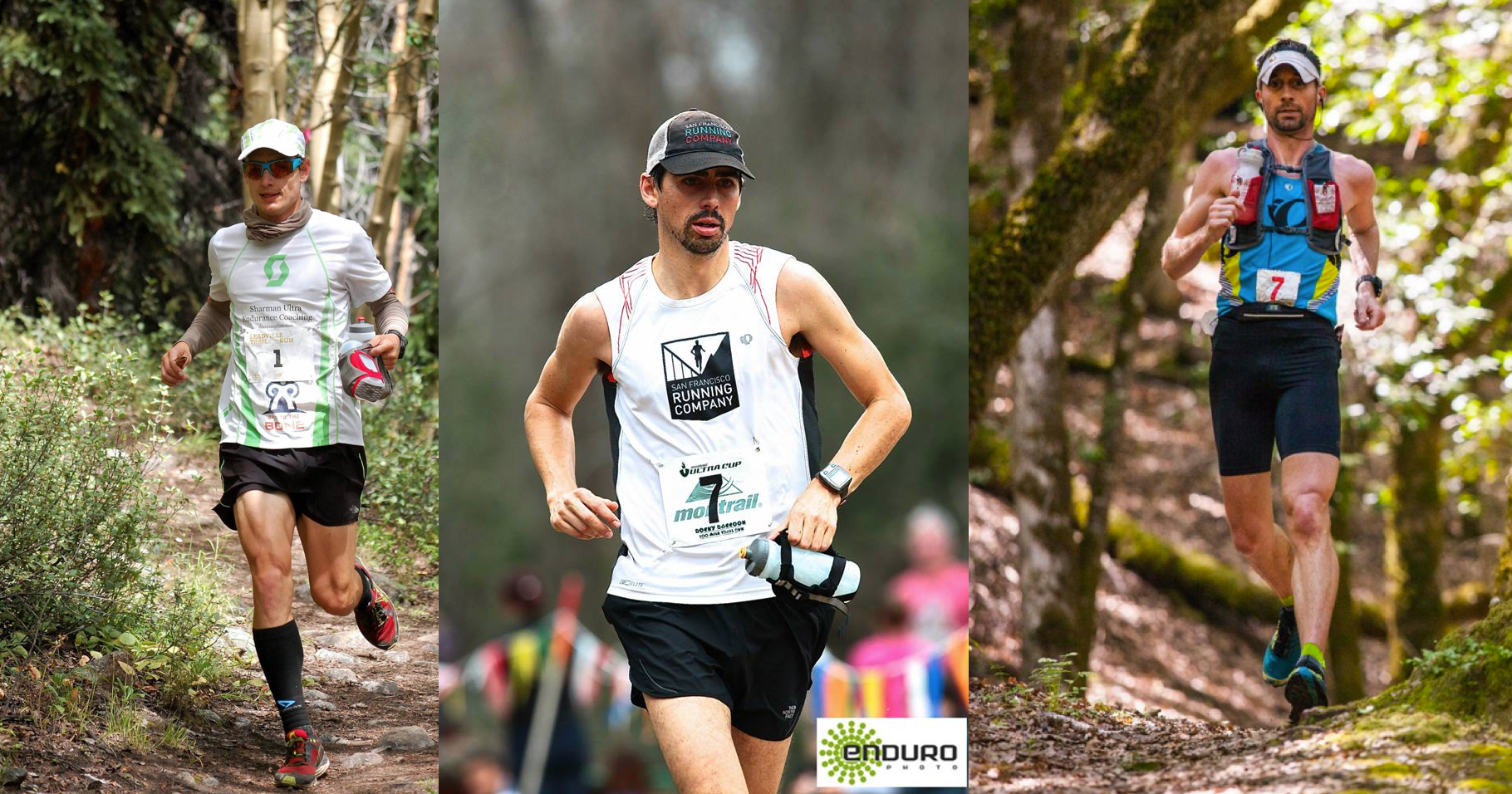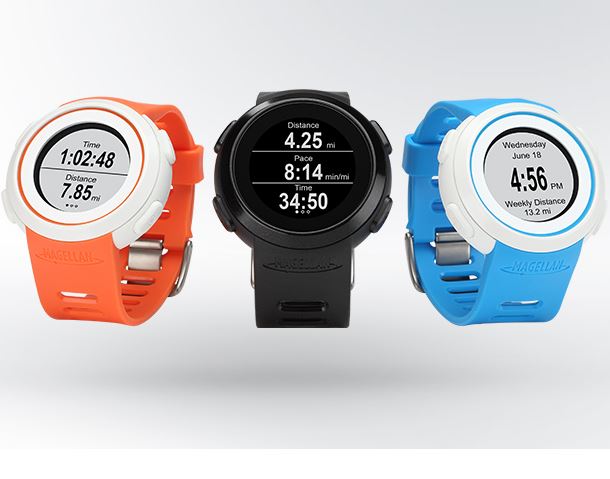Polar RS800cx Run ($520 – running version) is a multi-sport watch (running and cycling). I will be reviewing the running function and software. Could Garmin have some competition now? Let’s take a look.
INITIAL IMPRESSIONS
Pictured below is what comes in the box.

Pictured below are the accessories needed for the GPS (G5 GPS Sensor ($140) & G5 Armband ($35)).
Pictured below are different views of the Polar RS80CX watch.


TRAIL (AND ROAD) TESTING RESULTS
TESTING THE GPS
During the testing, I did not use the GPS armband. I placed the G5 GPS Sensor in my running shorts pocket or hydration system pocket. There was no issue with the watch in transmitting data with the G5 in my pocket or other pocket locations. I did compare the pace and distance function with a well known GPS manufacturer. I only wore the heart rate monitor for the Polar watch because of some interference with the other watch’s heart rate monitor. I tested the watch on the trails and roads and during all by workouts (tempo, speed session, long runs, easy runs, etc.).
The watched functioned well and was easy to setup and scroll through the menus. The time the G5 GPS sensor acquired the GPS satellites ranged from 39 seconds to 92 seconds. I was surprised that it took 39 seconds (most of the time) to acquire a good satellite signal when the other GPS watch took less than 15 seconds.
During the trail runs, the GPS mileage reading varied by 1% to 5% when compared to the other GPS watch. The 5% reading must have been an outlier and satellite signals may have been lost on certain parts of the trail. On average, the variance was within 1% which is within the sensitivity limits between the Polar watch and the other GPS watch.
During tempo to speed session runs, the pacing display varied from 10 seconds to 45 seconds. The Polar reading the faster pace. However, the overall mileage readings (as stated above) was within the GPS sensitivity. I felt like a speedster looking at the Polar watch. For the runner looking for a consistent pace, this could be an issue. (NOTE: This is based on the assumption that the other manufacturer’s watch I was using to compare the data is the standard to meet.)
The battery life of the G5 GPS sensor states 20 hours. I ran down the battery from fully charged to completed depleted. The time measured ranged from approximately 19 hours to 19 hours and 45 minutes. The G5 has warning indicator lights – green – good charge; amber – warning; and red – low battery. You will also notice the “low battery” warning when you transfer your data from the watch to the computer. See below.
TESTING THE FOOTPOD
On the trails (varied heavily on the terrain), the S3 stride sensor (footpod) was within 0.05 to 0.10 miles (per mile) when compared to the G5 GPS sensor, that is, the footpod reading was greater than the GPS reading. In a 100 mile race, you could be off by 5 to 10 miles when only using the footpod. This could be an issue for runners who do not have the opportunity to run on the race course to calibrate the footpod.
On the road, the footpod was within 0.01 miles (per mile) (after calibration to road running) when compared to the G5 GPS sensor. This would be due to the flat terrain and consistent pacing.
HEART RATE STRAP
This was an issue for me. It may not be an issue for other. The heart rate strap has a label. See pictures below. This label has rubbed my tech t-shirts and have left a “worn” mark on four of my favorite tech t-shirts. :- (
The next version of the heart rate strap should either have the label removed entirely or place the label within the fold part of the strap. I have removed the label.


TECH SPECS
Product Features:
Weight Breakdown:
SOFTWARE REVIEW
The overall software package has the similar feel as the older Polar software. My review is a high-level review of the software package.

When viewing in Google Earth, you will notice the different color coding. This is your heart zone coloring. In the figure above, you will also note the “A” (i.e., Auto Lap at 1 mile intervals).
CONCLUSION
The Polar RS800CX Run package (w/Stride Sensor ONLY) ($520) will need a separate accessory to use the GPS function (G5 GPS Sensor) ($140). This adds up to $660 (without the armband). This could be a solution to the limited battery life of the G5 GPS Sensor, that is, use the G5 GPS and when the battery runs down, use the Stride Sensor (NOTE: you will have some inaccuracies with the Stride Sensor and you will need to remember to switch the GPS function off the watch to use the Stride Sensor). The price is a bit steep when other well known GPS devices with heart rate monitoring lists for around $450 and below. There is a Polar RS800CX GPS package (w/G5 GPS ONLY) ($520) if you do not want the Stride Sensor. Overall, the watch performed to my expectations, but the price may lead you to other manufacturer options.
Last note, you should remove the label on the heart rate strap. It does rub against your apparel. See my comments/pictures above.
What’s your favorite training watch and/or racing watch?















I am currently reviewing my new RS800CX and so far my feelings are very similar to your’s. I haven’t had the problem with the tech shirts and the belt (yet). I am happy with my watch so far. My biggest gripe is the software that has a glitch in that the exercise screen sometimes keeps on refreshing when other apps are open.
He encontrado este foro y me localizar es realmente útil y me ha ayudado a cabo una gran